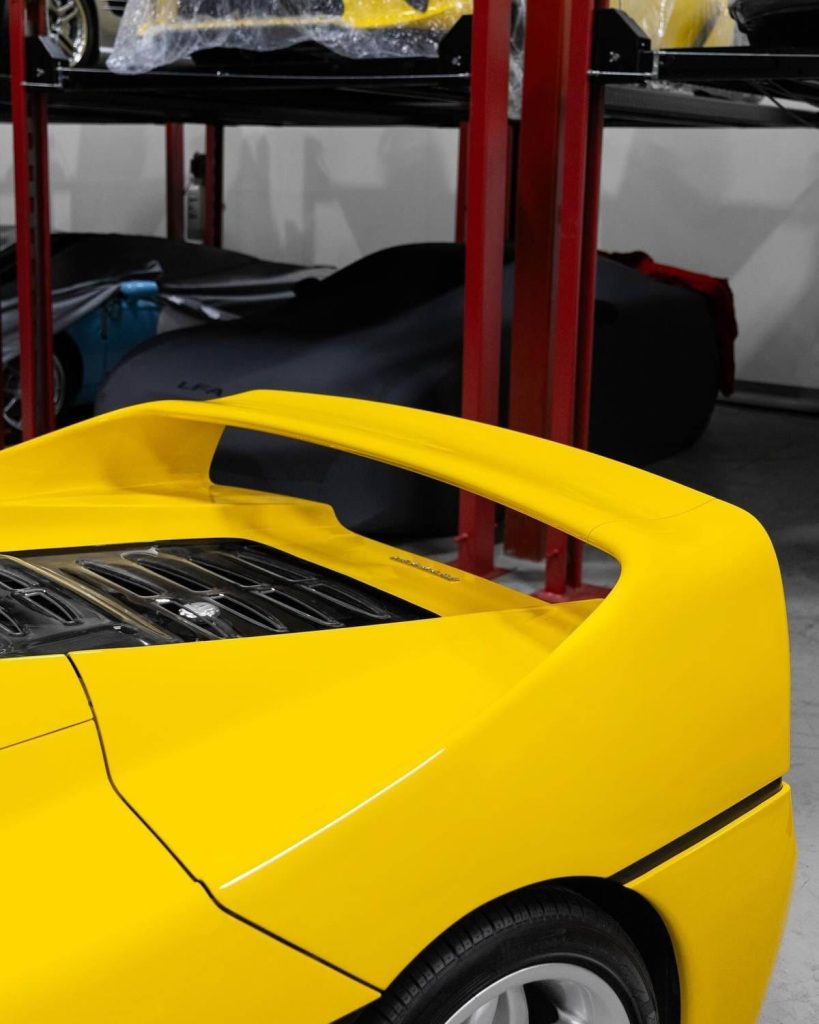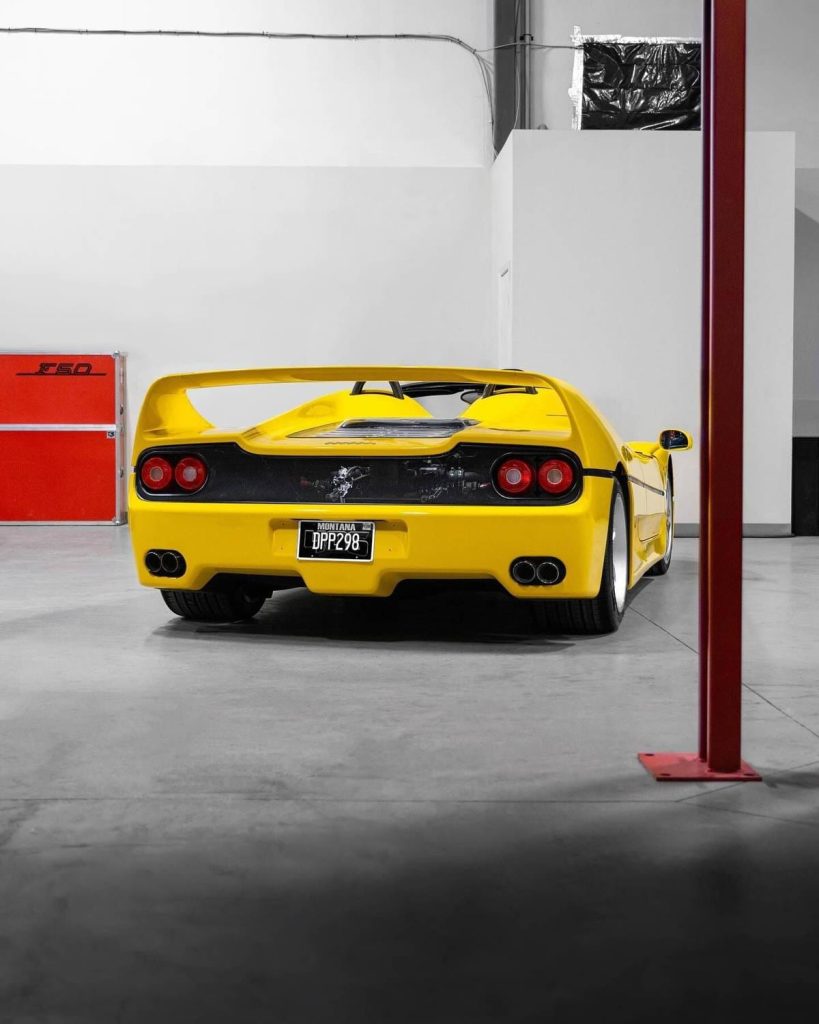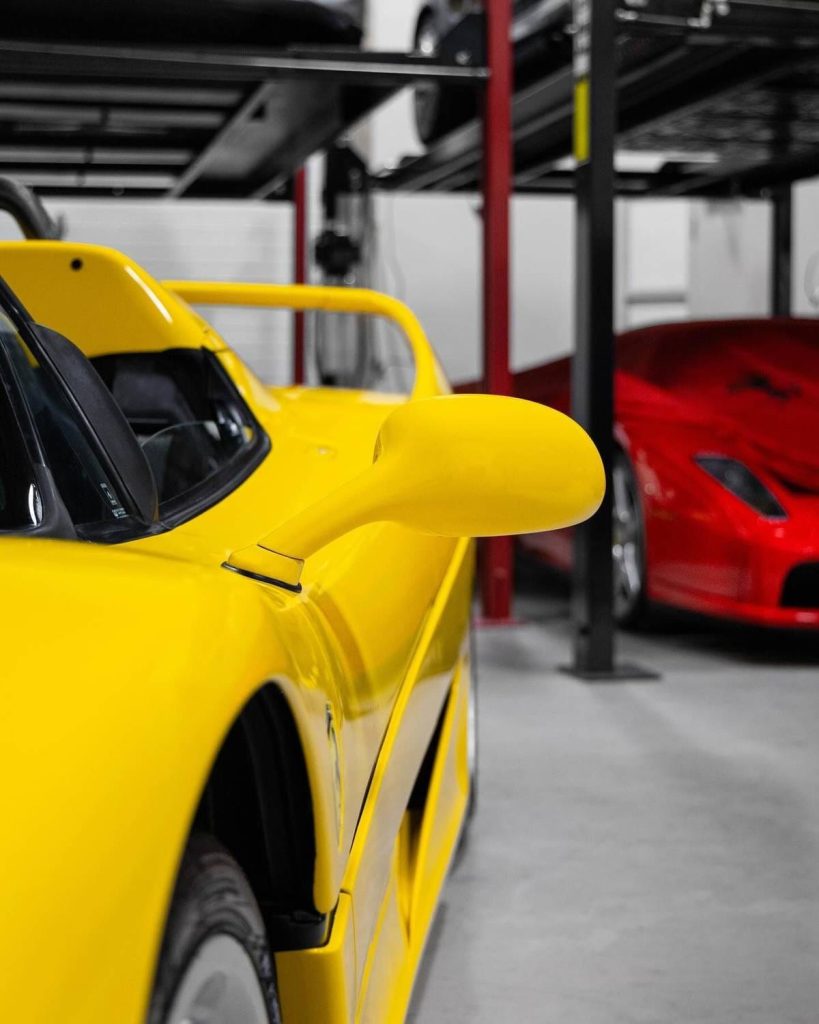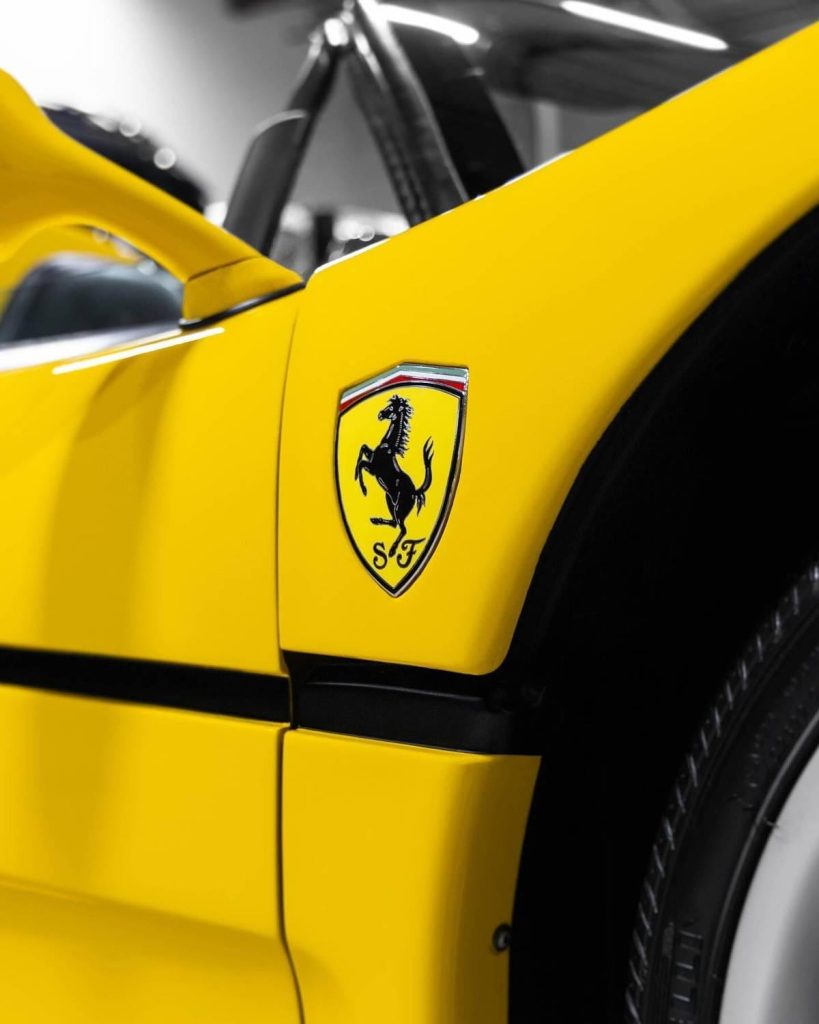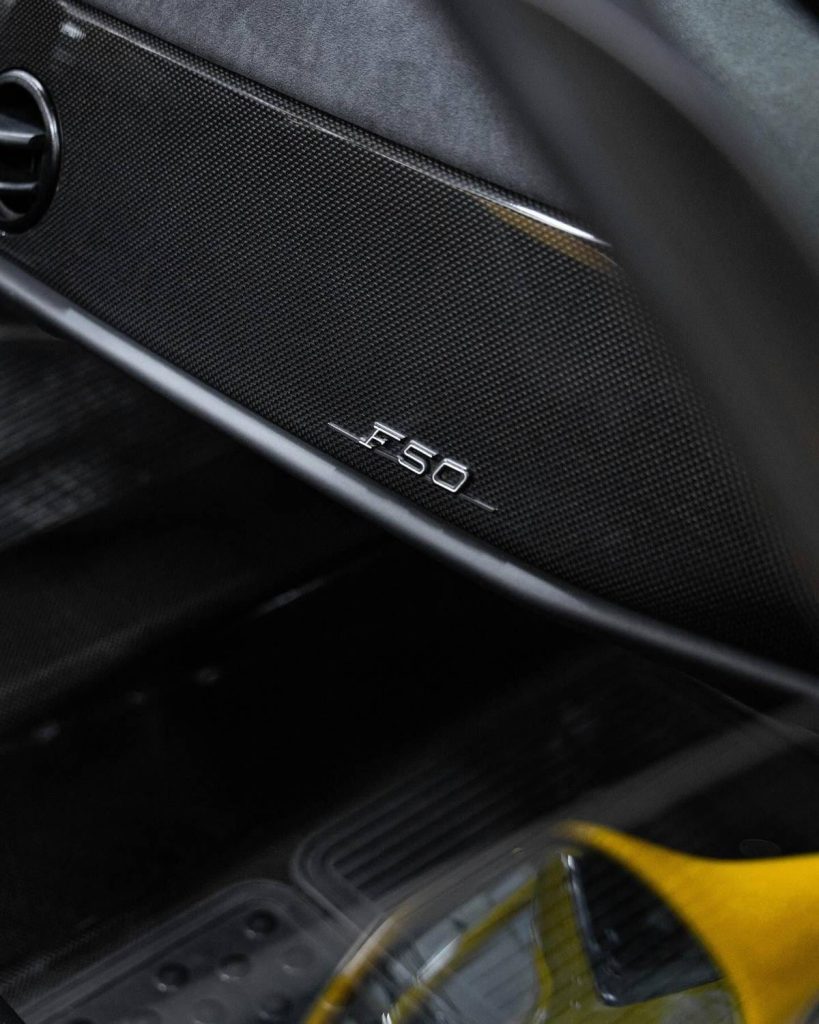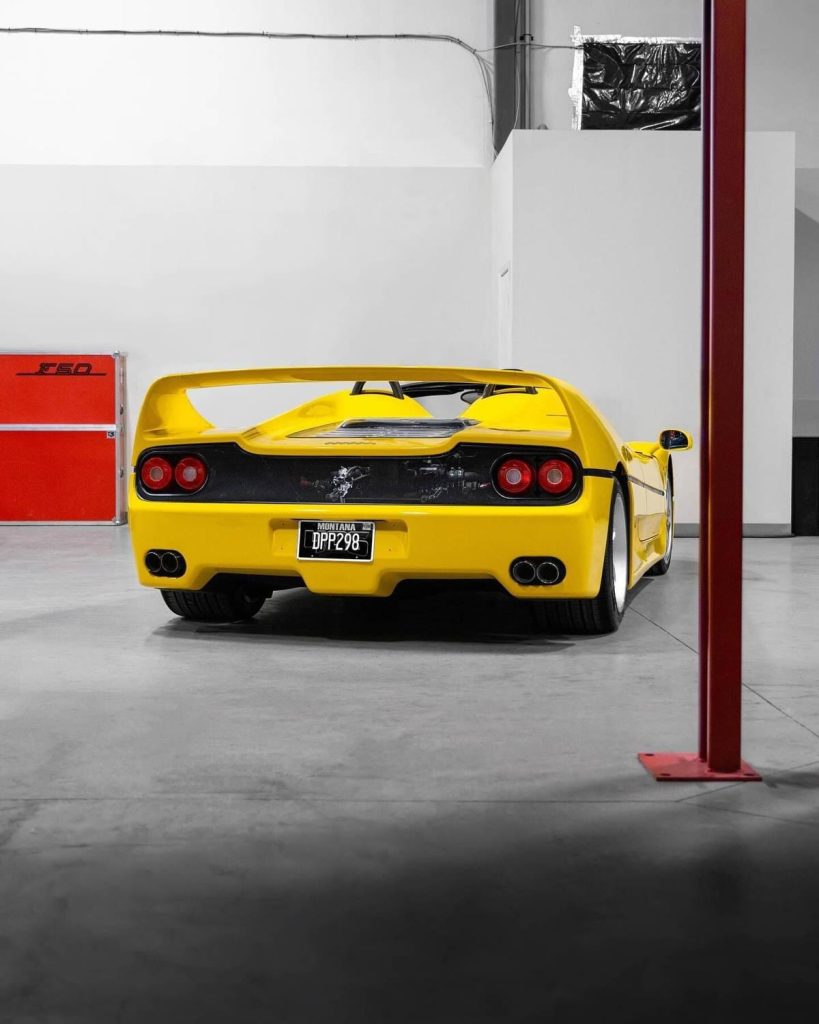
Introduction
The Ferrari F50, a mid-engine sports car produced by the renowned Italian manufacturer Ferrari, stands as a timeless masterpiece in the automotive world. Manufactured from 1995 to 1997, the F50 continues to captivate car enthusiasts with its exquisite design, exceptional performance, and rich history. This blog delves into the fascinating story of the Ferrari F50, exploring its origins, design, performance, and legacy.
The Birth of a Legend
In the mid-1990s, Ferrari aimed to create a vehicle that would encapsulate the essence of Formula 1 racing in a road-legal car. The result was the Ferrari F50, a model designed to celebrate Ferrari’s 50th anniversary. Introduced in 1995, the F50 was developed as a successor to the iconic F40 and positioned as the ultimate driving machine of its era.
Design and Aesthetics

The Ferrari F50’s design is a blend of raw aggression and elegant curves, showcasing the brand’s dedication to aesthetics and aerodynamics. The two-door, two-seat targa top configuration provides a unique driving experience, allowing the driver to enjoy the thrill of an open-top ride while maintaining the structural integrity of a coupe.
- Exterior: The F50’s exterior is characterized by its sweeping lines, pronounced rear wing, and distinctive side vents. These elements not only enhance the car’s visual appeal but also contribute to its aerodynamic efficiency.
- Interior: Inside, the F50 offers a minimalist yet luxurious cabin. The carbon-fiber seats, leather-wrapped steering wheel, and exposed gear shift exemplify Ferrari’s commitment to combining comfort with performance.
Performance and Engineering
Underneath its stunning exterior, the Ferrari F50 houses a powerhouse of engineering marvels. The car is powered by a 4.7-liter V12 engine derived from Ferrari’s Formula 1 technology. This naturally aspirated engine produces 513 horsepower, allowing the F50 to accelerate from 0 to 60 mph in just 3.7 seconds and reach a top speed of 202 mph.
- Chassis and Suspension: The F50 features a carbon-fiber monocoque chassis, ensuring a lightweight yet robust structure. The suspension system, with its push-rod actuated coil springs and dampers, provides exceptional handling and stability at high speeds.
- Transmission: Equipped with a 6-speed manual transmission, the F50 offers a pure and engaging driving experience. The gated shifter, a signature Ferrari feature, adds to the car’s nostalgic appeal.
The Driving Experience
Driving the Ferrari F50 is an exhilarating experience, combining raw power with precise handling. The V12 engine’s roar, coupled with the wind rushing through the targa top, creates an immersive sensory experience. The car’s responsive steering and balanced weight distribution make it a joy to drive on both winding roads and open highways.
Legacy and Impact

Although only 349 units were produced, the Ferrari F50 has left an indelible mark on the automotive world. It remains a highly sought-after collector’s item, with its value appreciating significantly over the years. The F50’s influence extends beyond its production years, inspiring future Ferrari models and solidifying its place in automotive history.
Conclusion
The 1995 Ferrari F50 is more than just a car; it is a symbol of Ferrari’s engineering prowess, design excellence, and racing heritage. This Italian masterpiece continues to captivate car enthusiasts and collectors alike, standing as a testament to Ferrari’s commitment to creating extraordinary vehicles. As we look back on the legacy of the F50, we celebrate a classic that embodies the spirit of performance, luxury, and innovation.
By exploring the Ferrari F50’s origins, design, performance, and legacy, we gain a deeper appreciation for this iconic sports car. The F50 remains a timeless symbol of Ferrari’s dedication to excellence, reminding us why it holds a special place in the hearts of car enthusiasts worldwide.
